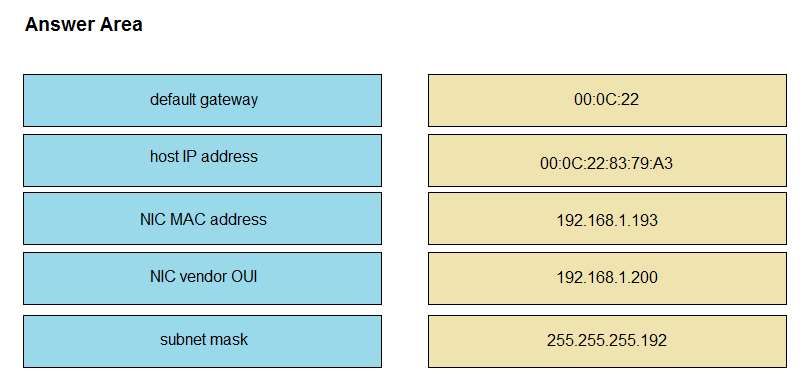Which action is taken by switch port enabled for PoE power classification override?
A. If a monitored port exceeds the maximum administrative value for power, the port is shutdown and err- disabled.
B. When a powered device begins drawing power from a PoE switch port, a syslog message is generated.
C. As power usage on a PoE switch port is checked, data flow to the connected device is temporarily paused.
D. If a switch determines that a device is using less than the minimum configured power, it assumes the device has failed and disconnects it.
A. If a monitored port exceeds the maximum administrative value for power, the port is shutdown and err- disabled.
B. When a powered device begins drawing power from a PoE switch port, a syslog message is generated.
C. As power usage on a PoE switch port is checked, data flow to the connected device is temporarily paused.
D. If a switch determines that a device is using less than the minimum configured power, it assumes the device has failed and disconnects it.


